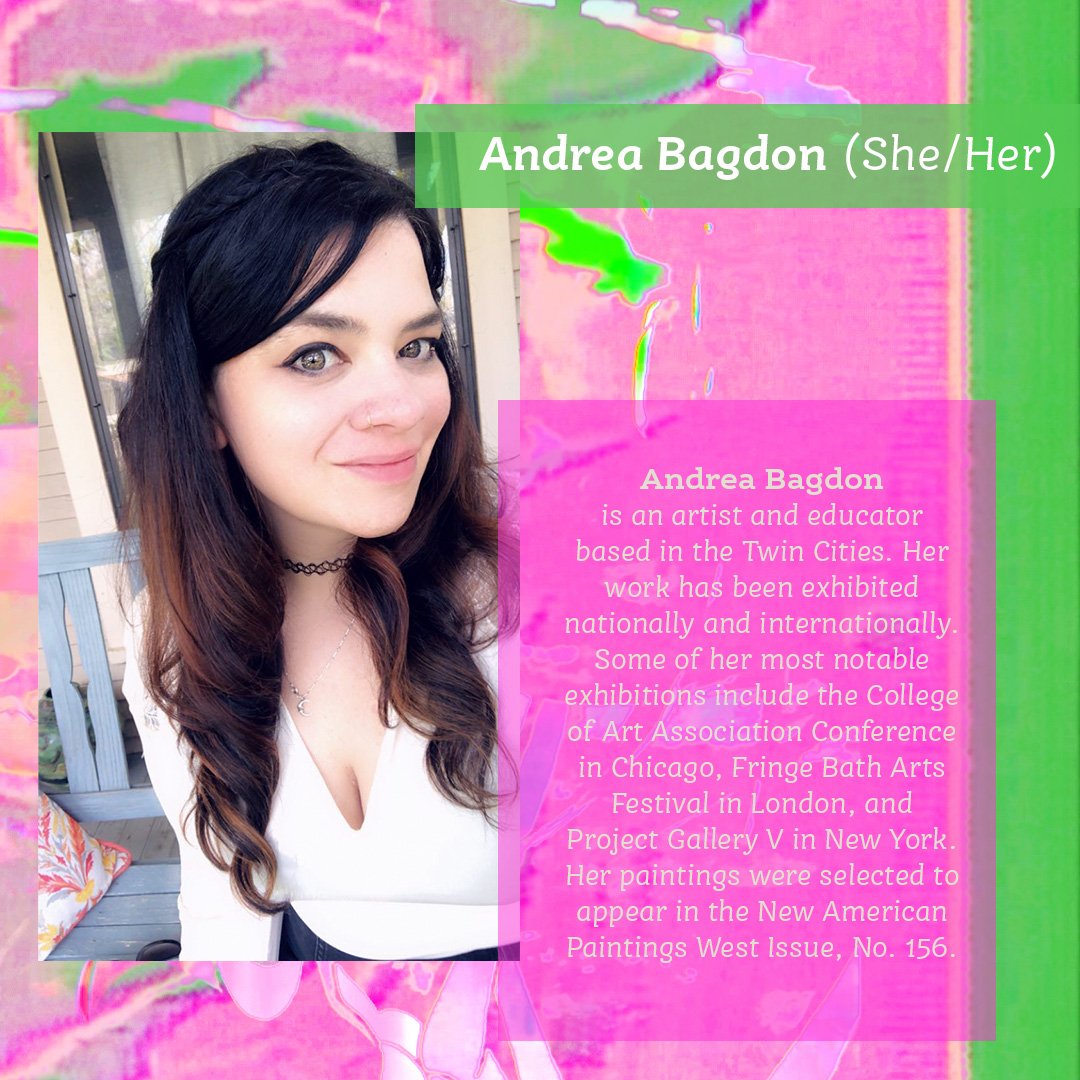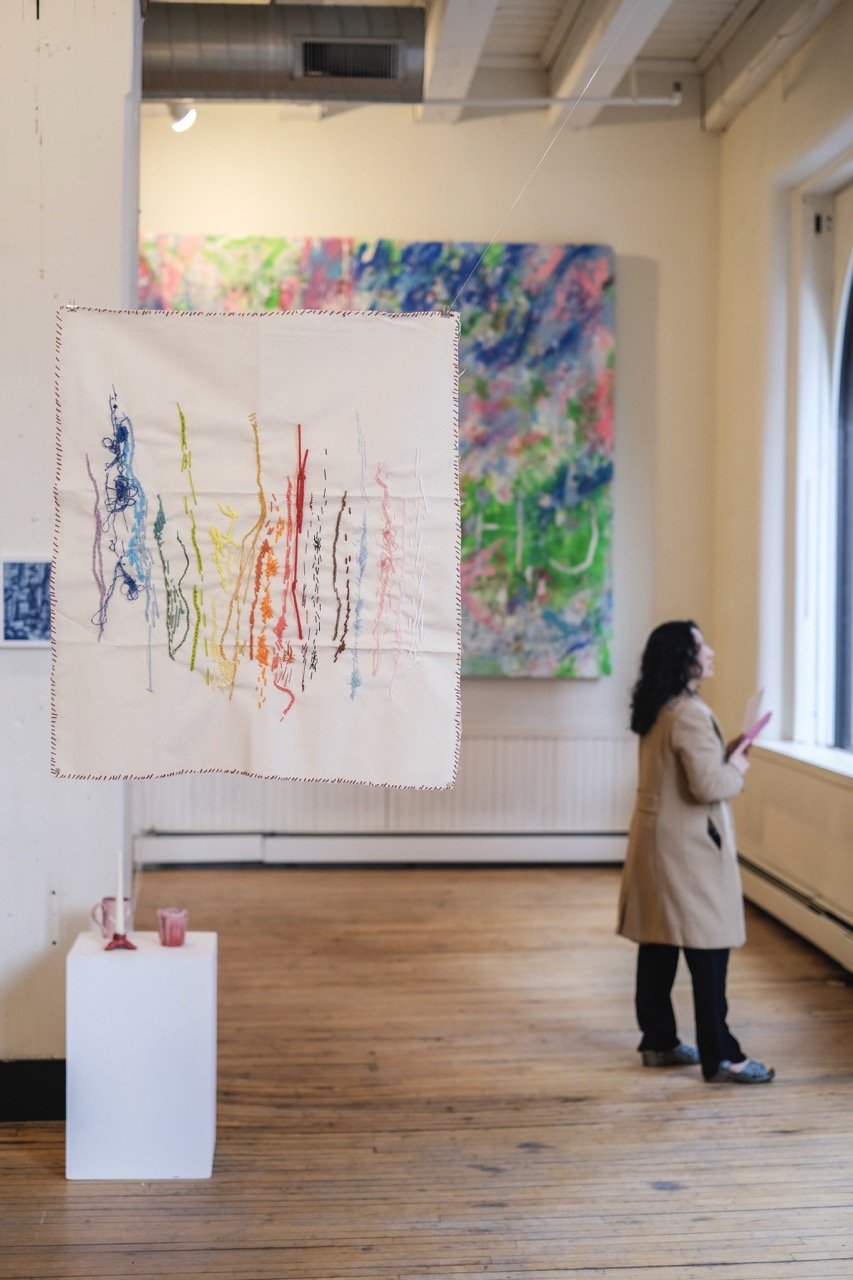la.dy.like Presents
Signifier No. 1
ANDREA BAGDON AND SPENCER LEGENDRE-GILLESPIE
Medium: Experimental video, analog and digital video modulation
Techniques: Control Voltage (CV) inputs, Jones Colorizer, analog and digital frame buffering
Duration: 5:00
Format: Four-channel video with live modulation, layered and processed in real-time
Year: 2024
Artist Statement
Signifier No. 1 is a collaborative experimental video work that delves into the complexities of feminine symbols, creating an immersive and disorienting visual experience. The piece features footage collected over two years, which was blended during a live recording using four video channels of analog modulation, including CV inputs, Jones Colorizer, and Frame Buffer techniques, alongside a digital frame-buffer application. The result is an intentionally chaotic interplay of past and present that mirrors the layered, historical symbols of femininity—symbols that resist any static or singular definition.
In this work, each artifact and multiplied frame transcends mere representation, serving as a declaration of agency and autonomy. The repetition within the video, far from being redundant, becomes a deliberate strategy for disruption. Each iteration challenges and deconstructs the concept of femininity, transforming it from a synthetic, objectified perspective into a dynamic, multifaceted spectrum that is self-determined and continuously evolving.
The overwhelming, almost dizzying visual approach of Signifier No. 1 emphasizes that femininity is not a passive spectacle but an active participant in its own narrative. It constantly shapes and reshapes its boundaries, refusing to be pinned down. The work invites audiences not merely to observe but to engage actively with femininity, recognizing it as an ever-changing, vibrant dialogue rather than a fixed archetype.
la.dy.like Presents
Anomalies: Interventions into the digitized feminine Space
Centered around expanded media and digital art forms, this exhibition, featuring artists from the Twin Cities, reimagines digital spaces as dynamic, feminized environments. Embracing experimental aesthetics and technological exploration, "Anomalies" sheds light on our data-influenced society’s layered intricacies.
Curatorial Statement
By: Juleana Enright
In 1991 the self-declared “mercenaries of slime” VNS Matrix ushered in their rallying cry, a quippy cyber feminist manifesto in which they unabashedly proclaimed the title of the “saboteurs of big daddy mainstream,” the symbolic viruses or glitches of the overwhelmingly cis-male tech world / cyber space. Hot on the heels of the likes of Valerie Solana’s’ “cutting up men” manifesto – a counterculture text male irrelevance – they strove to disrupt the inherent marker of technology as assigned to the male default and reclaim it as a feminine digital landscape.
And while their anarchic poetry provided a cybercultural freedom for some, its archaic language isolated others.
Enter spin-offs; enter sub-genres; enter critique; enter cyborg.
As if the 90s didn’t already feel disjointed and contradictory, in the same decade, Donna Haraway released her own manifesto daring to challenge the hierarchical bodily-based binaries and biology-based exclusionary vernacular VNS failed to recognize, i.e. trans and non-binary experiences, BIPOC voices; the basic concepts of intersectionality. Can we fear the machine if we are the machine?
Enter more flaws; enter oppressive legacies of the cyberfeminist genesis.
Haraway’s metaphor “we are all chimeras, theorized and fabricated hybrids of machine and organism—in short, cyborgs,” — aka the cyborgian dream of dissolution of body and gender dualisms — was closer to this intersectional digital utopian landscape but still had its flaws. For her very own cyborg dream had militaristic origins thus placing them in direct contact with patriarchal lineage, humanist stories, linear progress, dichotomies. How do we live in a post-gender social realm while being a man-made machine? In the words of Legacy Russel in Glitch Feminism: A Manifesto, “We fail to function in a machine that was not built for us.”
And yet, while we become essentially digitized, increasingly mediated by technology, are we not cyborgian? Plot twist.
When the Post-Cyber Feminist International met in 2017, their conference set out to “examine what new technologies can still offer, how to use them positively, and how online spaces might be queered and hacked,” Hettie Judah, Ungender, deprogram, urinate: improve your life with post-cyber international feminism!, in The Guardian.
Cyberfeminism circa 1991 had glaring insufficiencies. The first ramraid on technology’s sanctified halls was a gender war, paying little heed to the political economy of technological production and consumption… But that first action, with all its insufficiencies, smashed the field wide open and these gaps provided pivot points towards a more intersectional cyberfeminism. - Virginia Barratt, “From C to X: Networked Feminisms,” in Ars Electronica
Where cyberfeminism followed in the footsteps of a wave of feminism that left a lot of voices out of the conversation, glitch feminism, coined by Russell, sought to invite different voices beyond the binary, and use the online space as a way of world building that counters patriarchy. Cyber activism, an agency where cyberspace, digital art and new media can be used as a template for world building, disrupting the male-dominated fields where only certain people’s work can be taken as canonical.
Exploring the world of post-cyberfeminism and glitch feminism, Ladylike’s experimental art exhibition, "Anomalies: Interventions into the Digitized Feminine Space" sets out to examine the feminine as a continuum. And while it’s easy to look at this word and equate it with “female,” easy to shove this word into a binary box, there’s errors and fractures when we get too rigid.
The body is a text: every time we define ourselves, we choose definitions — names — that reduce the ways our bodies can read. Decolonizing the binary body requires us to remain in perpetual motion; accidental bodies that, in their error, refuse definition and, as such, defy language. Forcing the failure of words, we become impossible. Impossible, we cannot be named. What is a body without a name? An error. - Legacy Russel
How do we occupy a space — technology — that is in itself infinite? In a digitized era where there is calculated curiosity, limitless curation and intentional mendacity, how do we define what’s not supposed to exist?
Which brings us to the paradox of hyper visible and rendered invisible, another theme Anomalies seeks to tackle. When the divide between the digital and the real world no longer exists – enter the digital dualism of AFK and IRL – how do we find out who we are in this digital era? Where do we create the space to explore our identity? How can we come together in solidarity?
I think of the work of Juliana Huxtable, Sondra Perry, boychild, Victoria Sin, and Kia LaBeija — those who have traveled through the glitch in their work and fused fluidity in virtual space — and the words of writer, professor, curator and artist Katie Peyton Hofstadter, “Glitch forces failures and triggers disorder but can also create space in which reclamation and liberation can be practiced.”
If we set out under the informed guise that technology is not neutral, it is not innocent in the divide and isolation it created while operating as male-distinguished, we can use these digital texts and bodies of work found in Anomalies to reflect and crystallize the biases already present in society. These systems/cyber-induced spaces at their origin worked best for the identities that designed them: mostly cisgender, white, fit, straight men. When others attempt to participate, they often encounter errors, failures, and glitch.
Enter participation; enter glitch.
As a curator for Anomalies (and a contradictory cyborg who contains multiples*), I probe you to enter this space with the following themes, questions, concepts in mind:
The constant flux of visibility and concealment
Unveiled nuances and hidden layers of a data-driven world
Cultural apprehensions concerning privacy, transparency, and the fear of being exposed
Duality of the observer and the world’s gaze
And most importantly, what role you play in the glitch of it all.
*See Walt Whitman “Song of Myself
Juleana Enright (they/them) is a queer, non-binary writer, independent curator, DJ and theatre artist living in Minneapolis. They are an enrolled member of the Lower Brulé Lakota Tribe. Juleana is the Gallery and Programs Coordinator at All My Relations Arts. They have contributed to local platforms, MnArtists, Pride Magazine, mplsart, Primer and City Pages. Juleana has curated four art exhibitions and was a recipient of the Emerging Curators Institute 2020-21 Fellowship program. Through their practice, Juleana strives to examine the act of daily creation in the midst of great chaos and explore what it means to be a contemporary 2spirit artist with a focus on Indigenous Futurism through art and performance.
ANOMALIES Artist Roster
LA.DY.LIKE PRESENTS
Unapologetically Femme
A Defiant Celebration of the Complexities of Femininity.
Unapologetically Femme brings together a multi-disciplinary group of Twin Cities-based female, femme, and queer-identifying artists. Through various mediums, the exhibition explores the multifaceted nature of femininity and the ways in which it intersects with other identities and experiences. Through their work, these artists challenge the notion that femininity is a static, inherent characteristic and invite our audience to consider how it is an ever-evolving system. We are excited to present this exceptional exhibition and showcase the talent of local artists in the Twin Cities community.
UNAPOLOGETICALLY FEMME ARTIST ROSTER
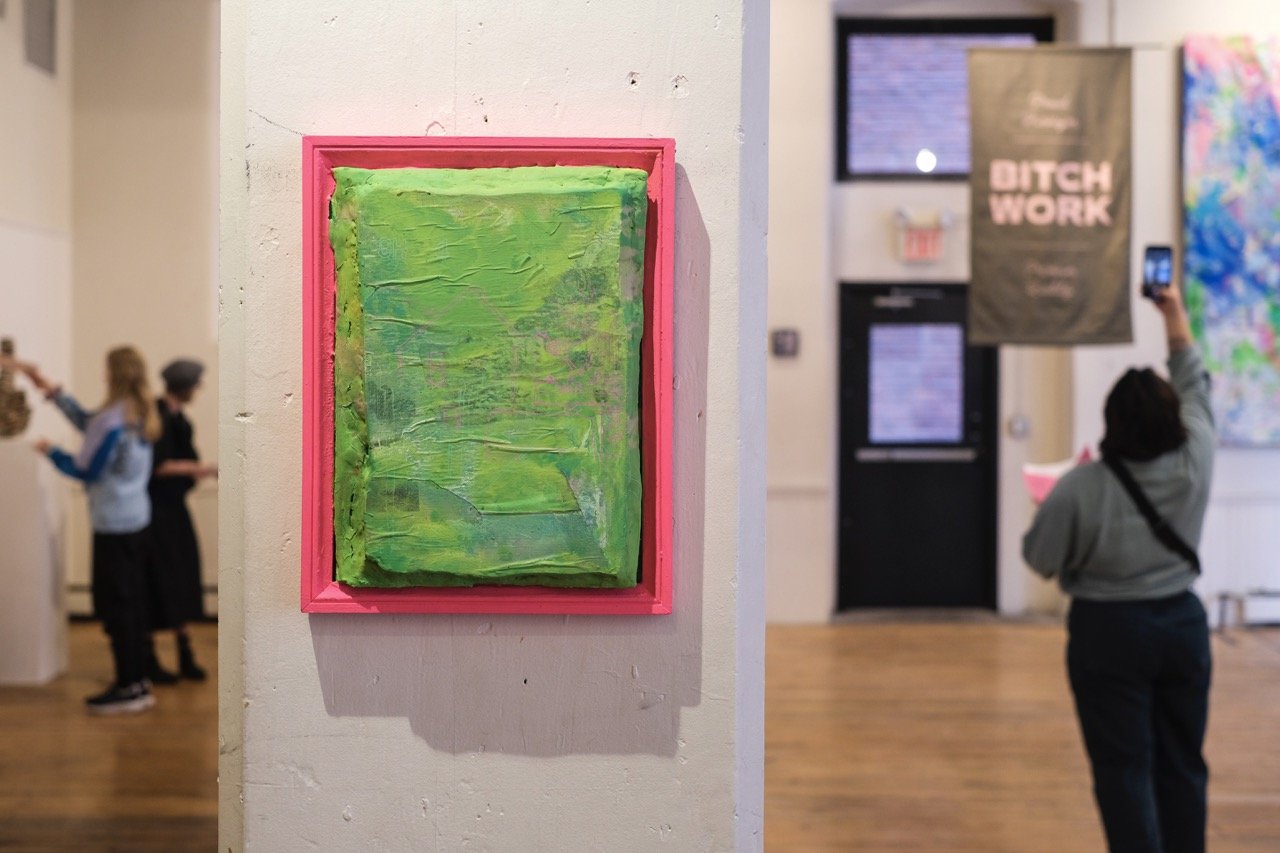
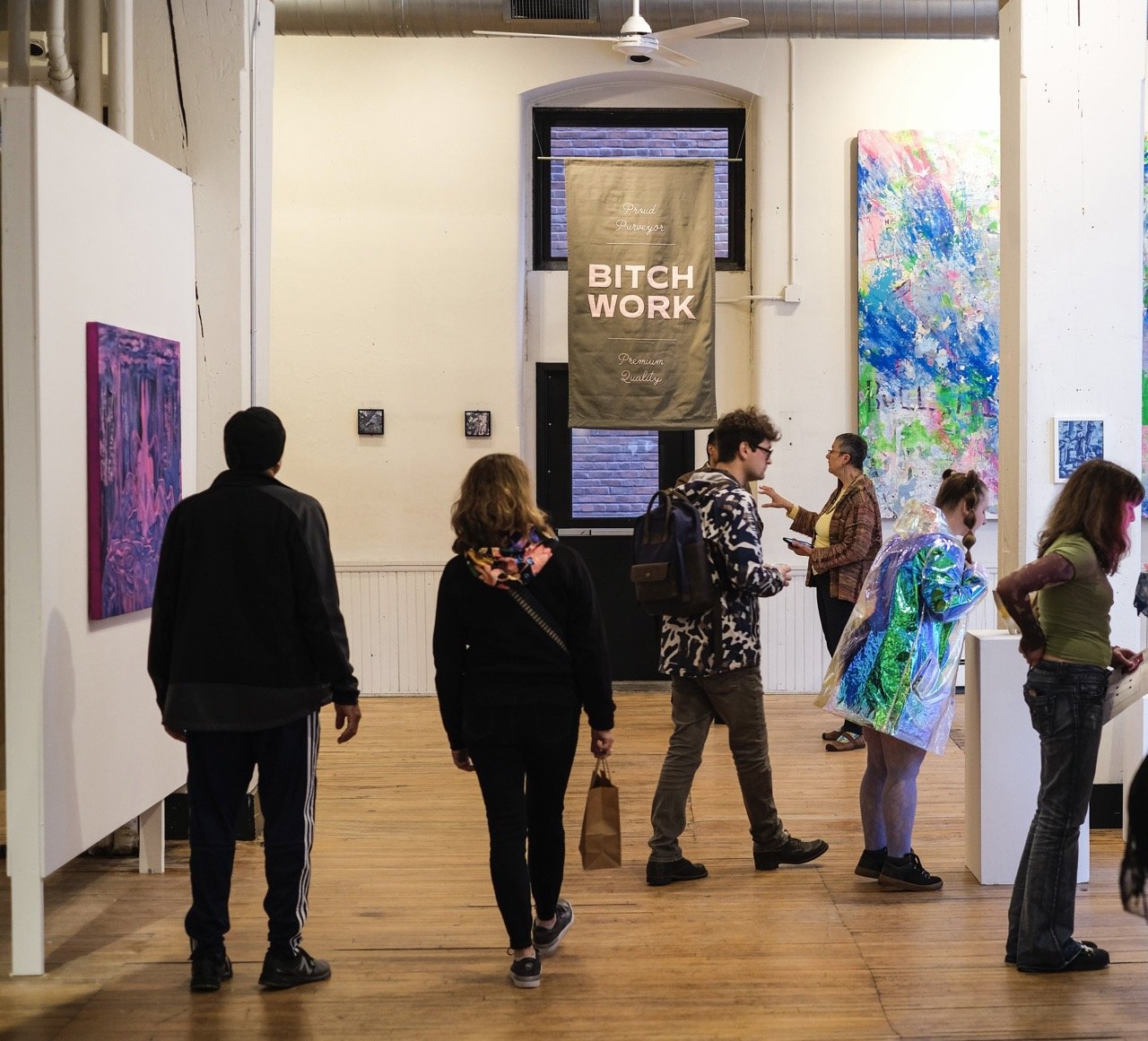

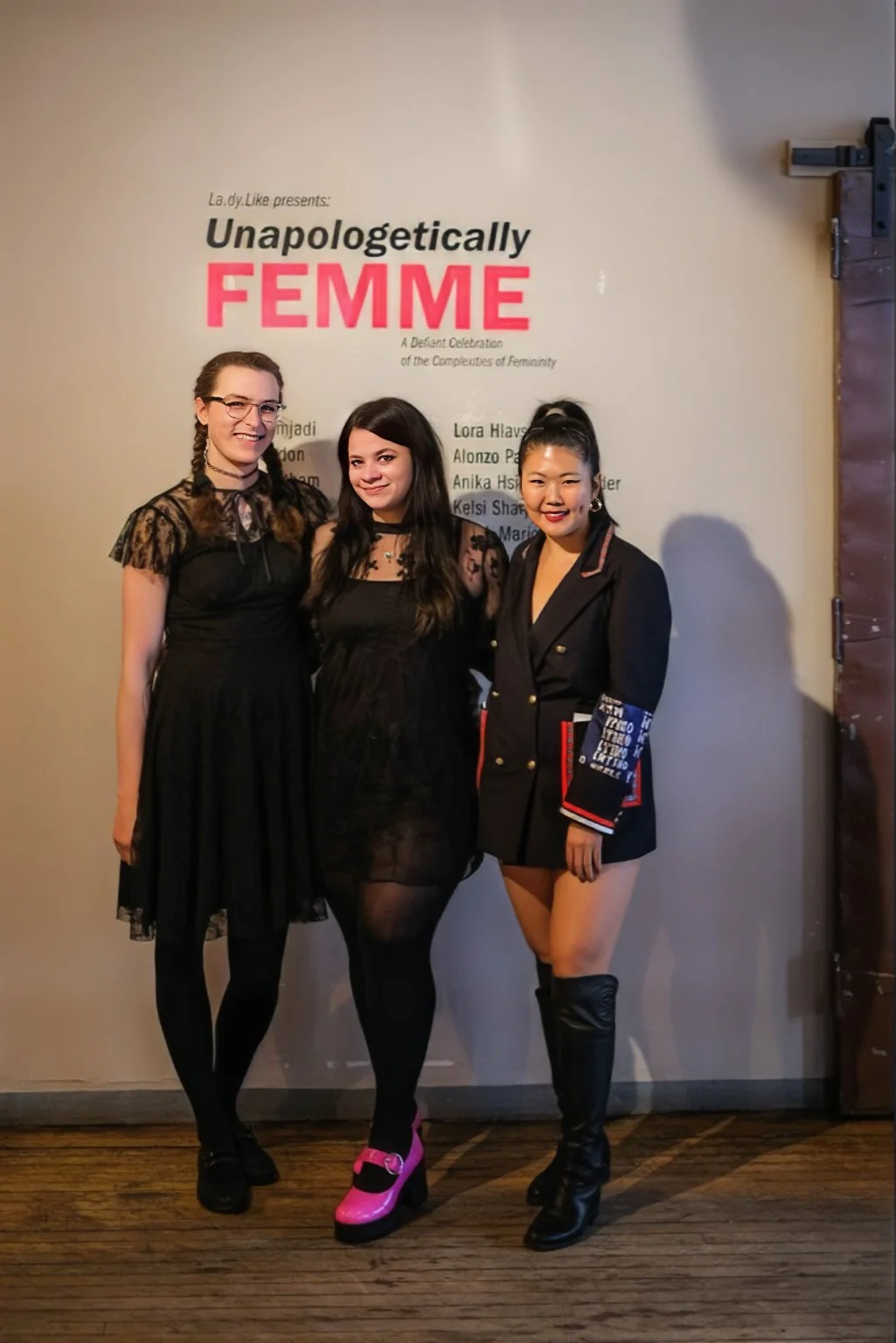

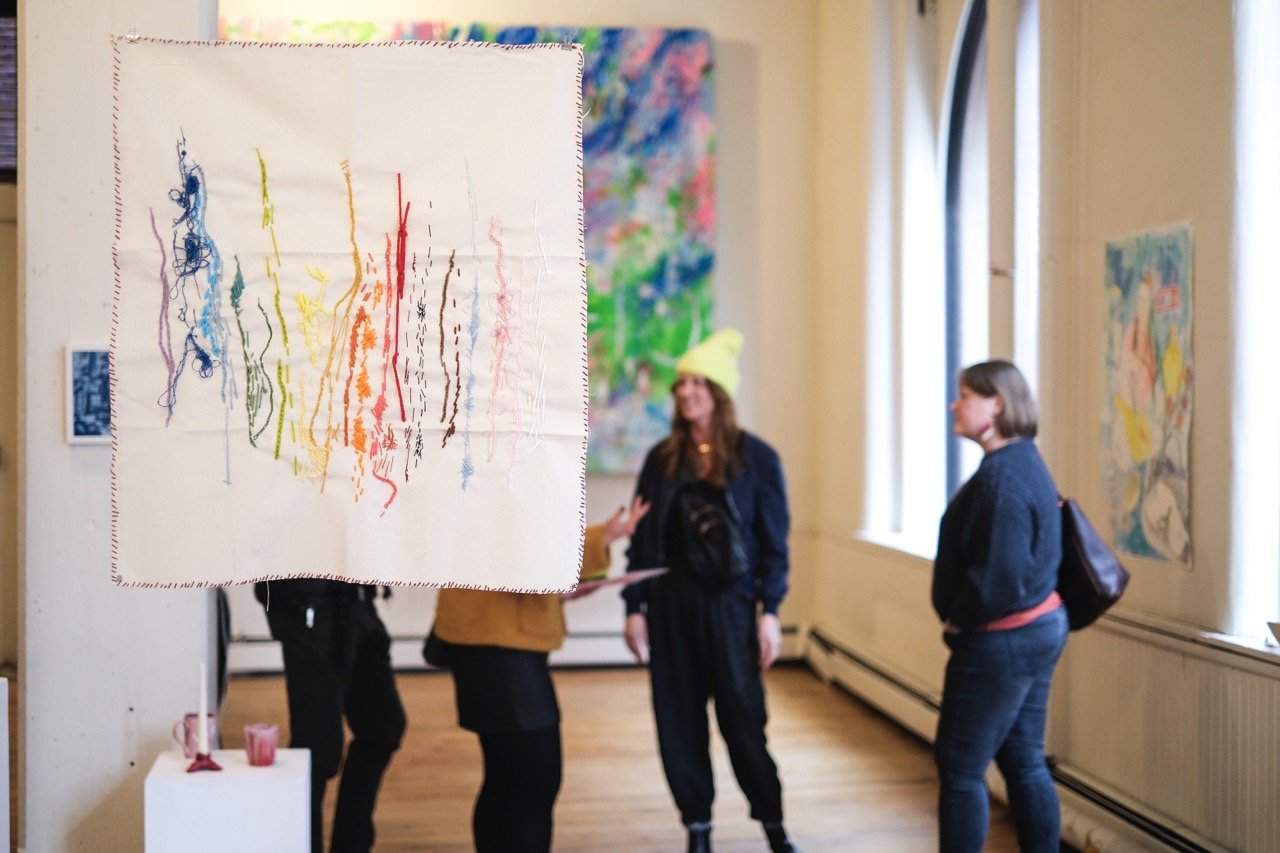
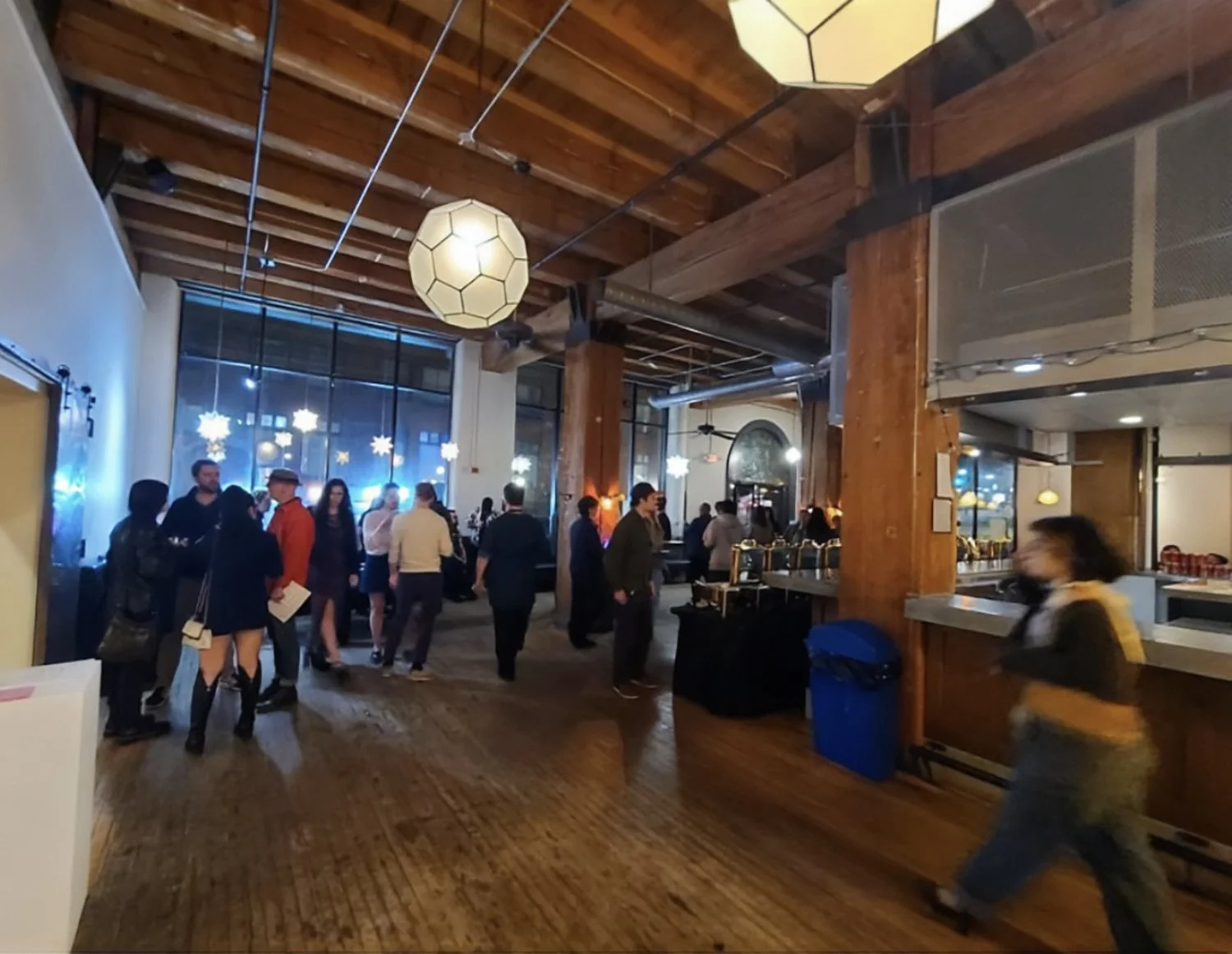
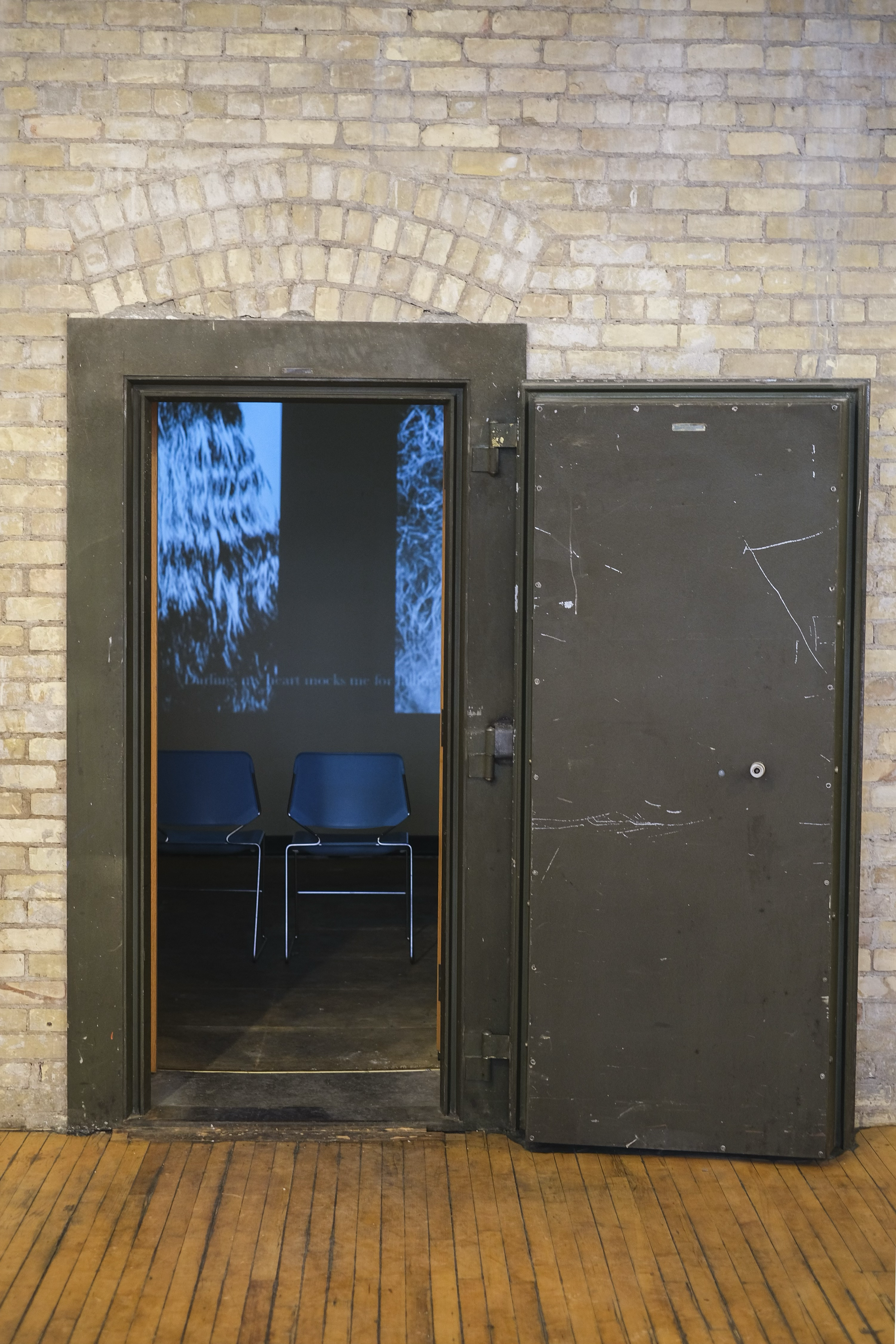

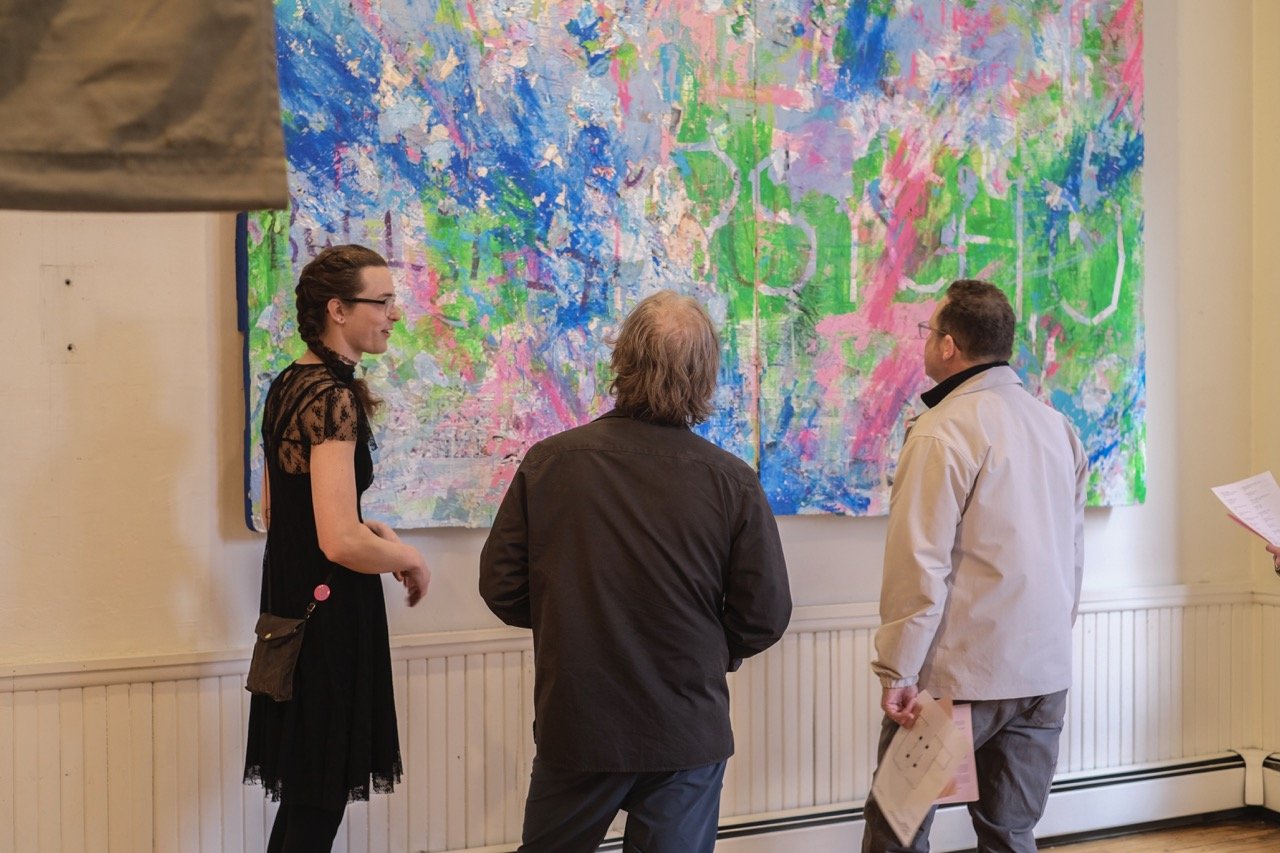
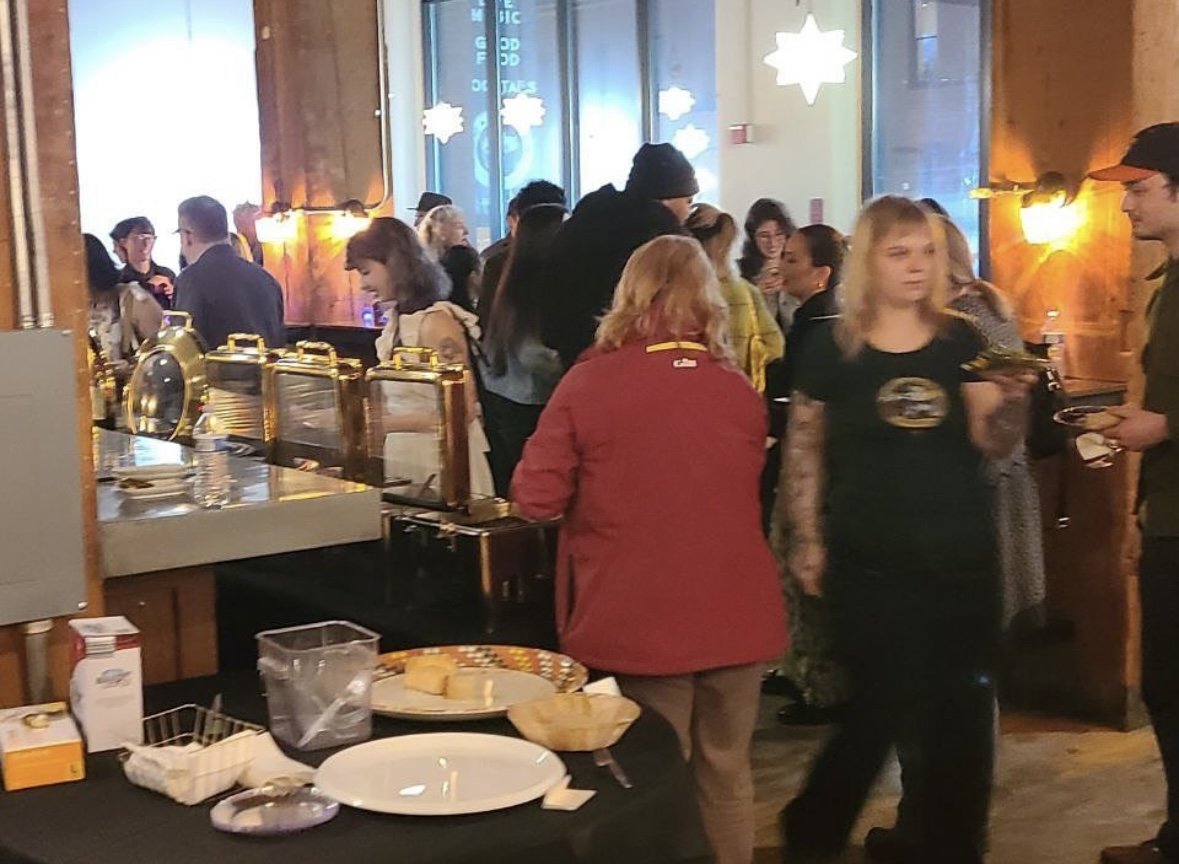

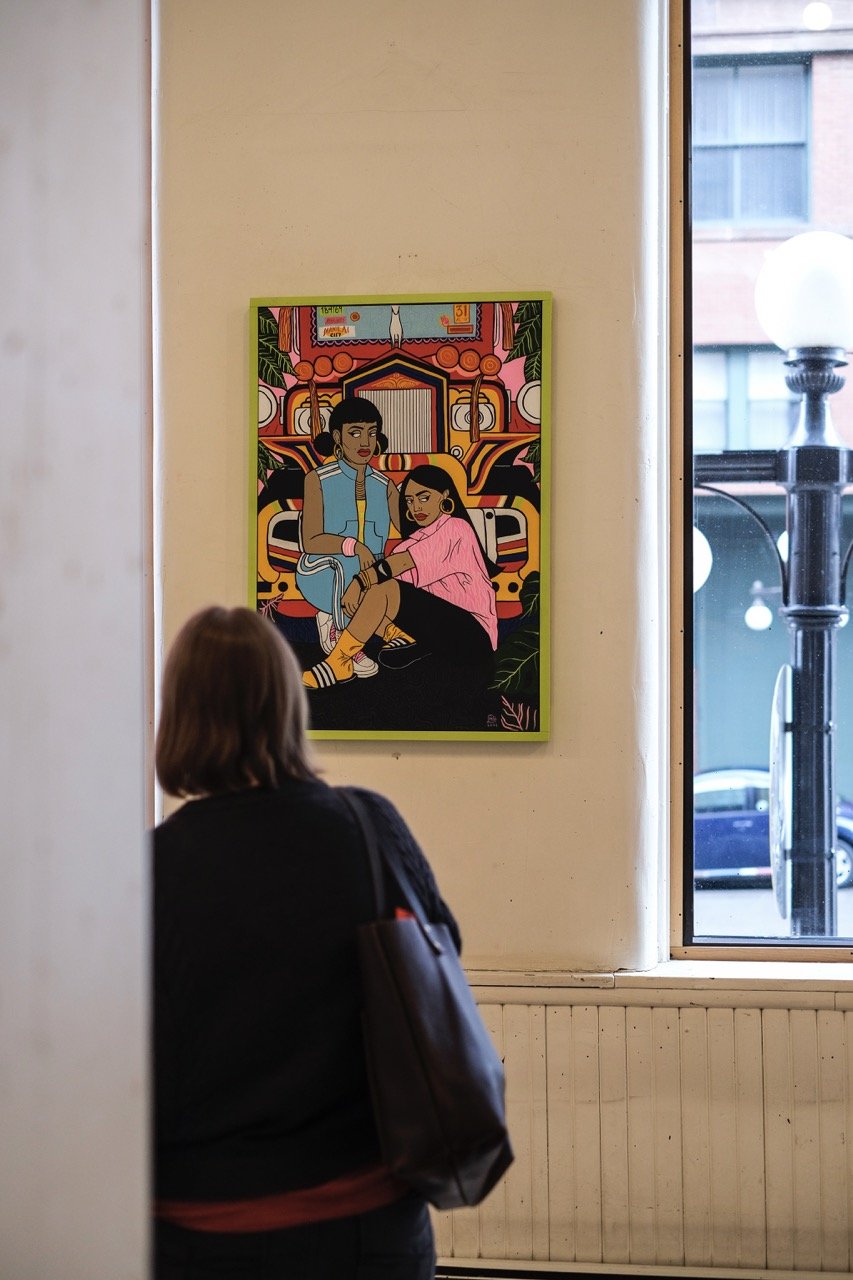

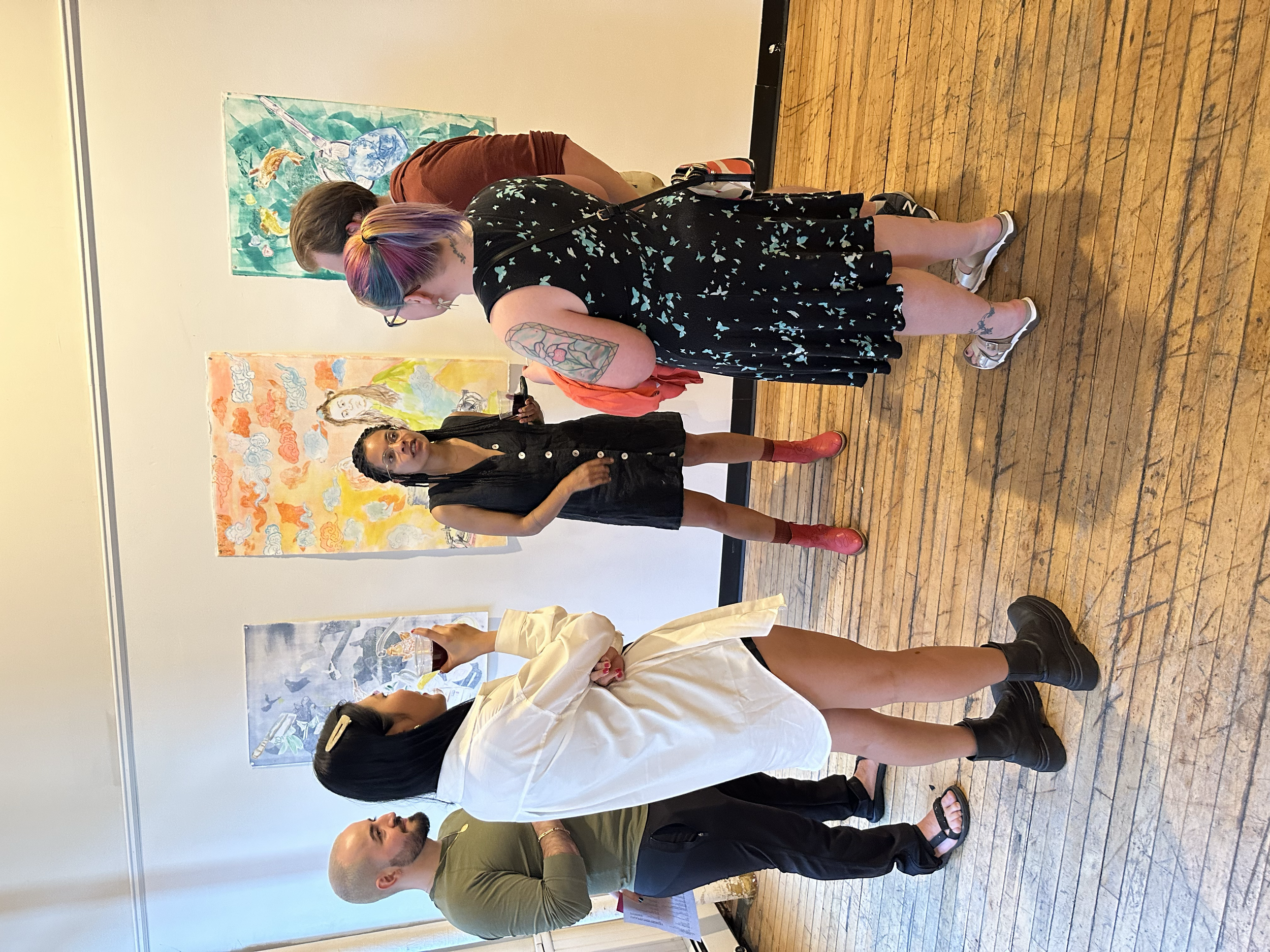
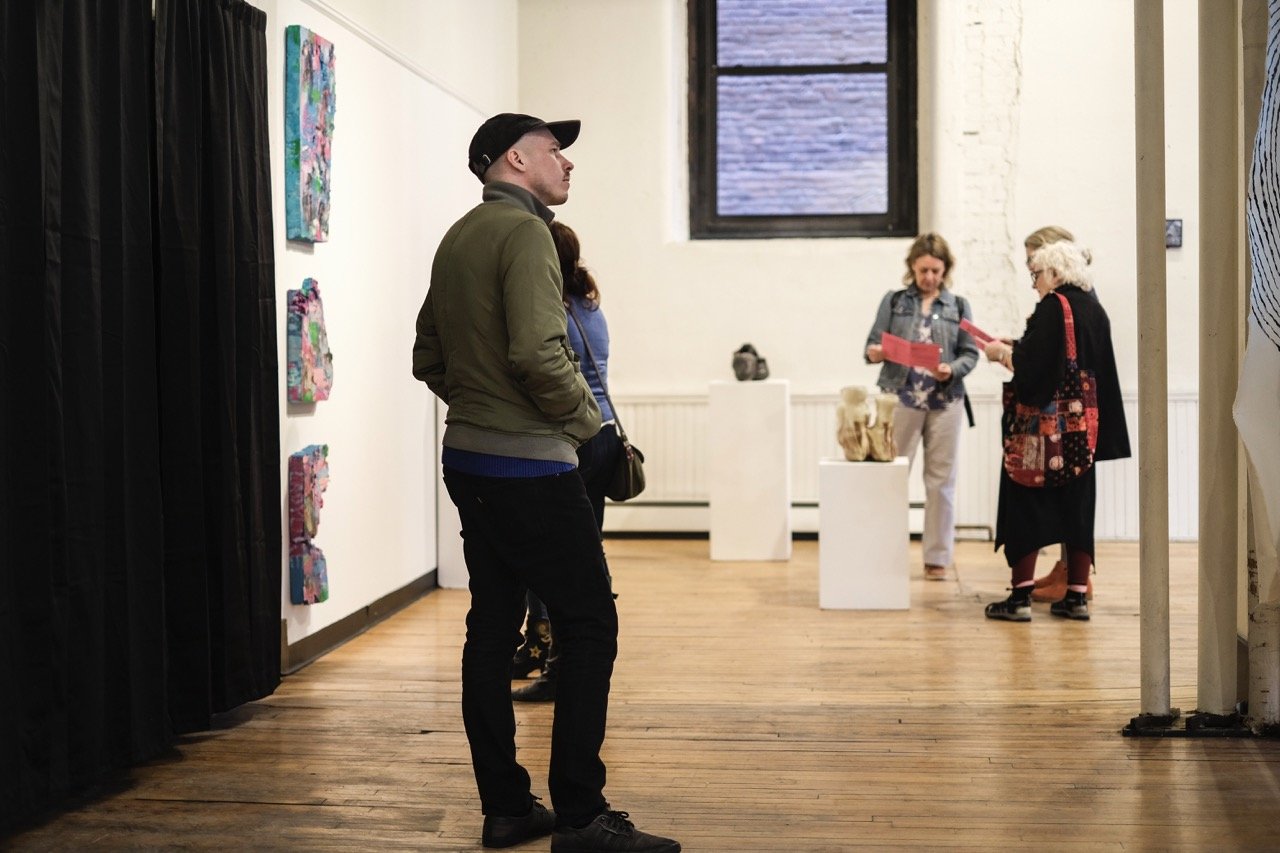
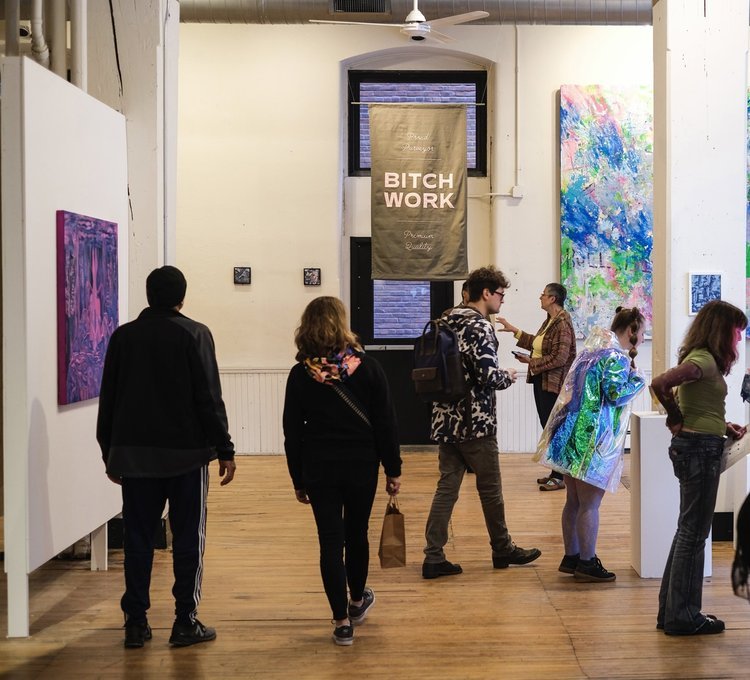
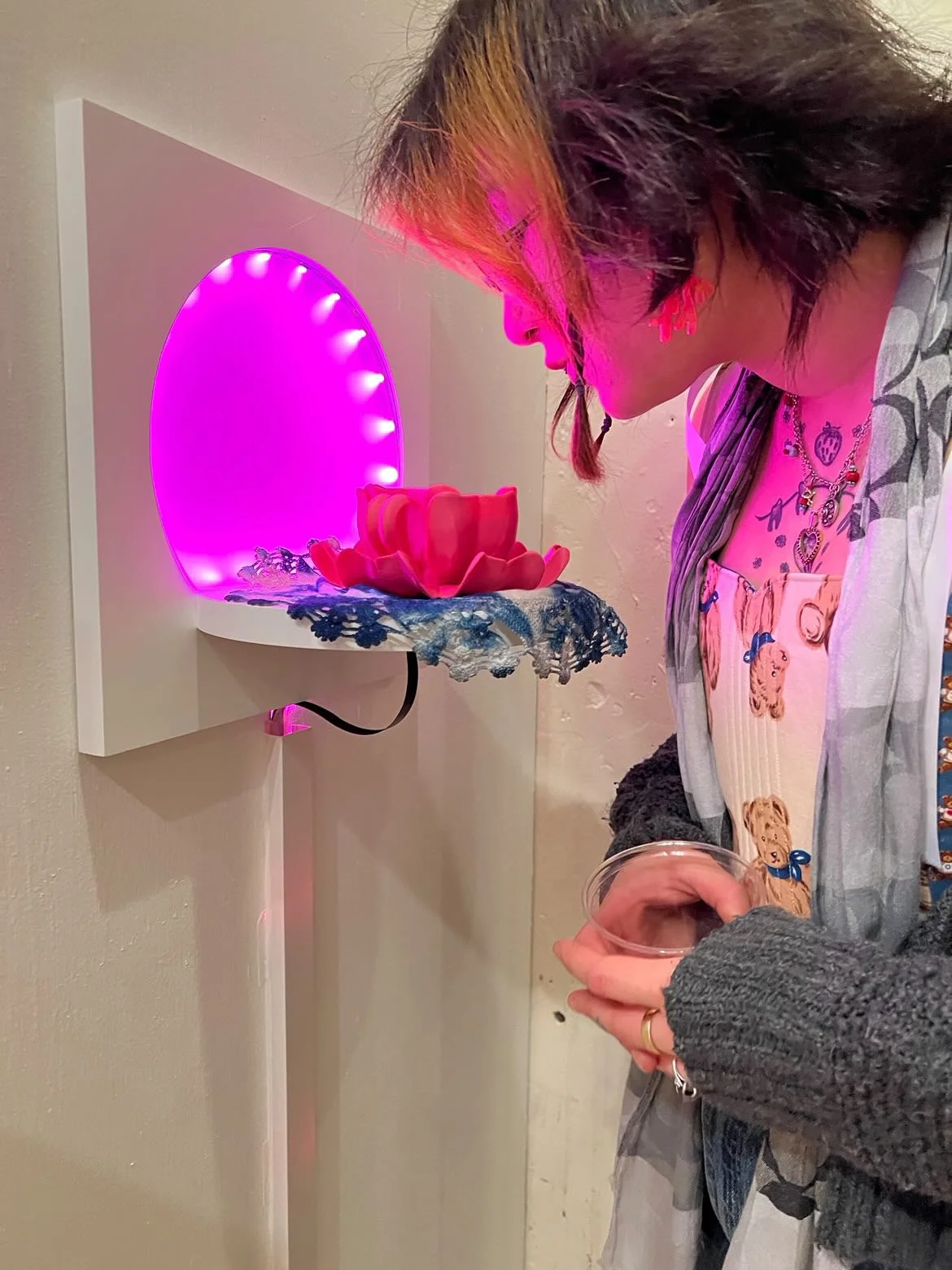
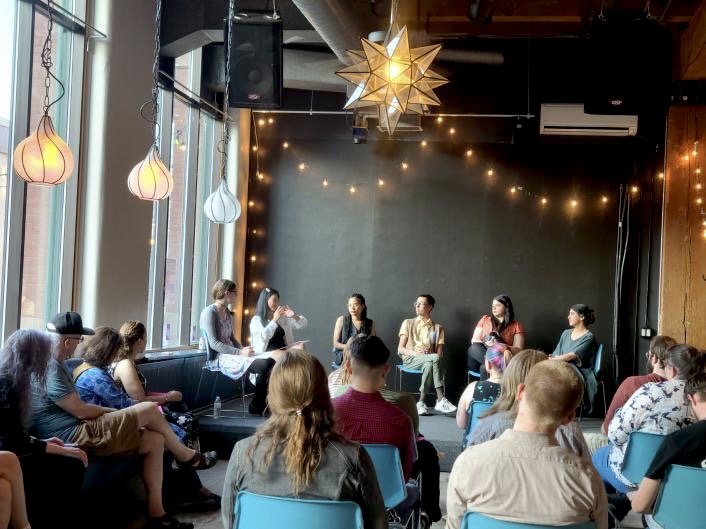
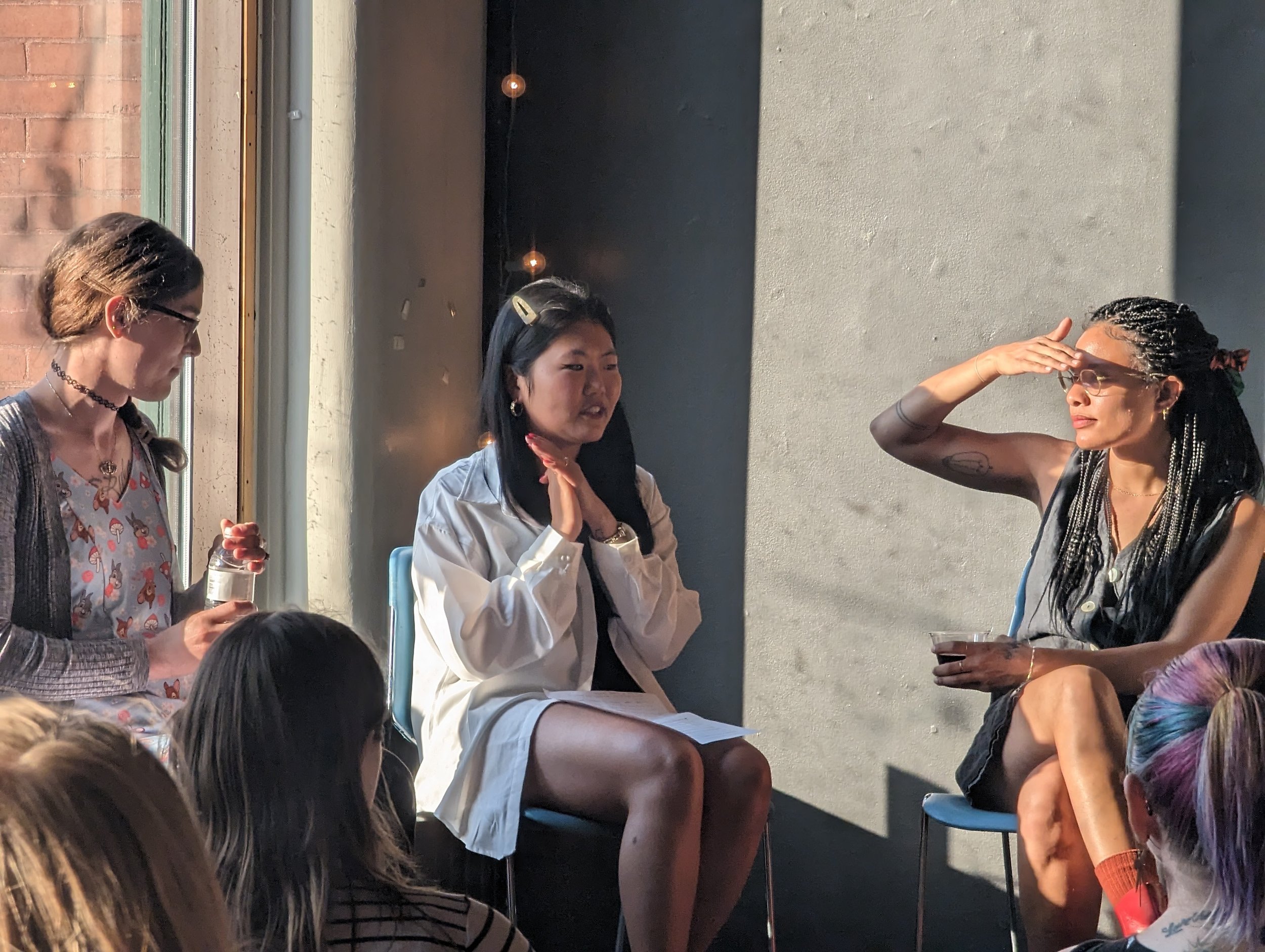
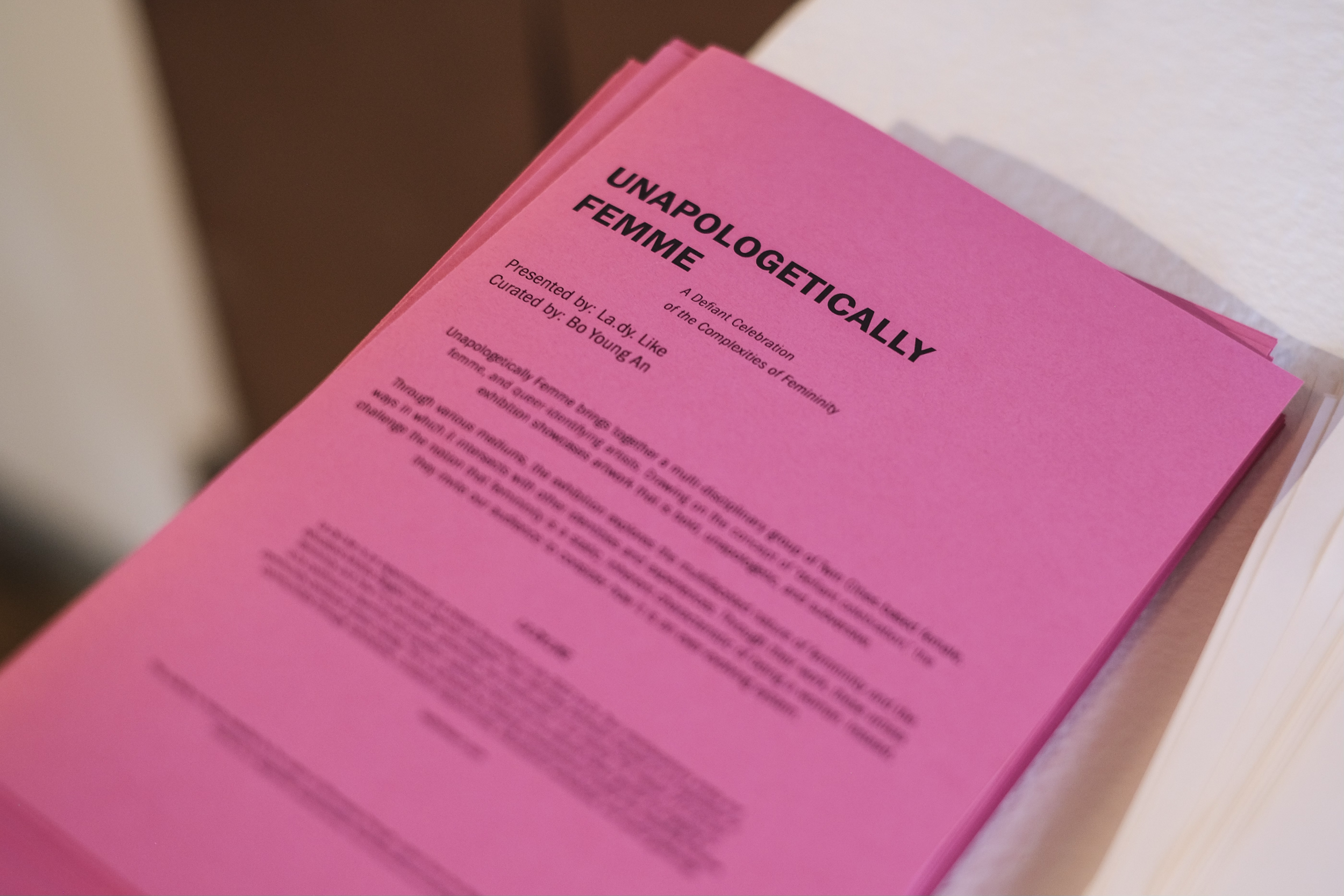
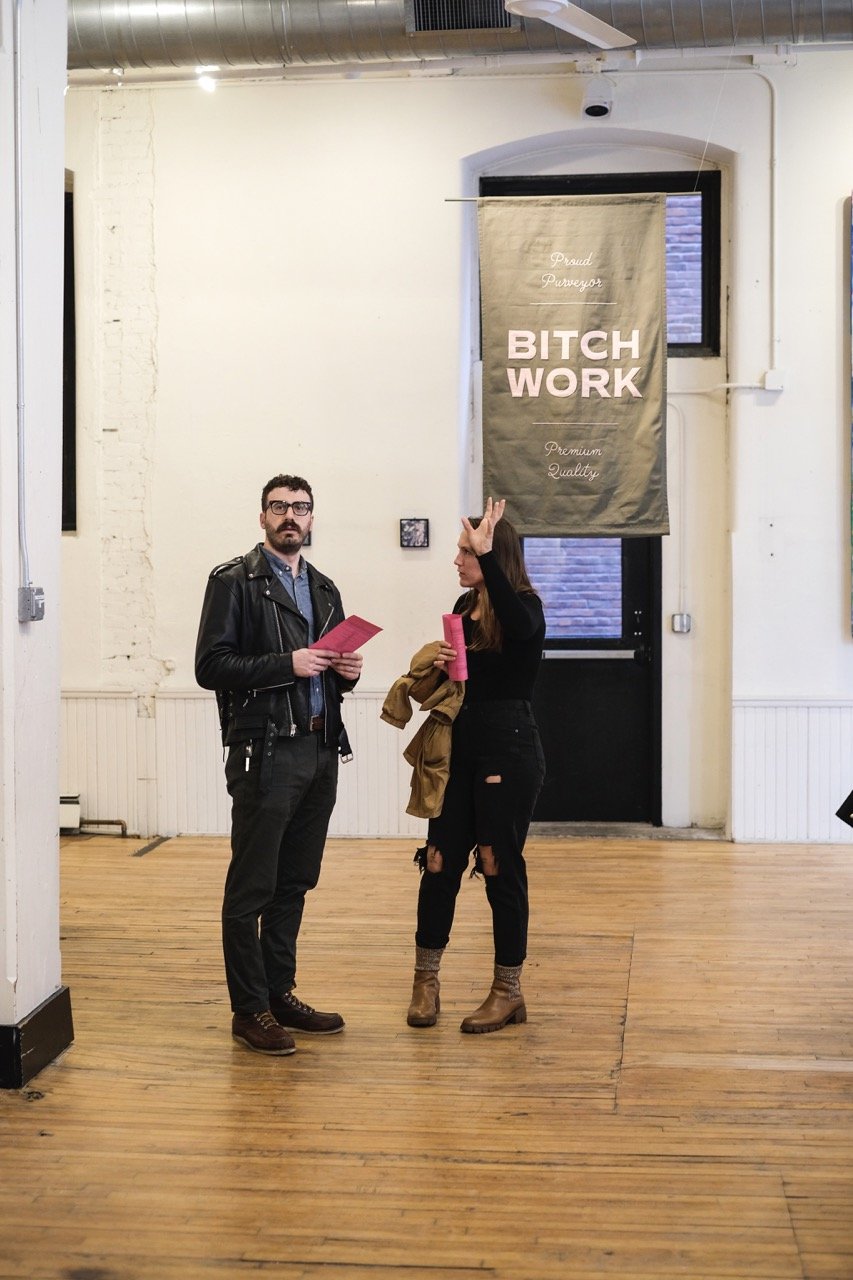
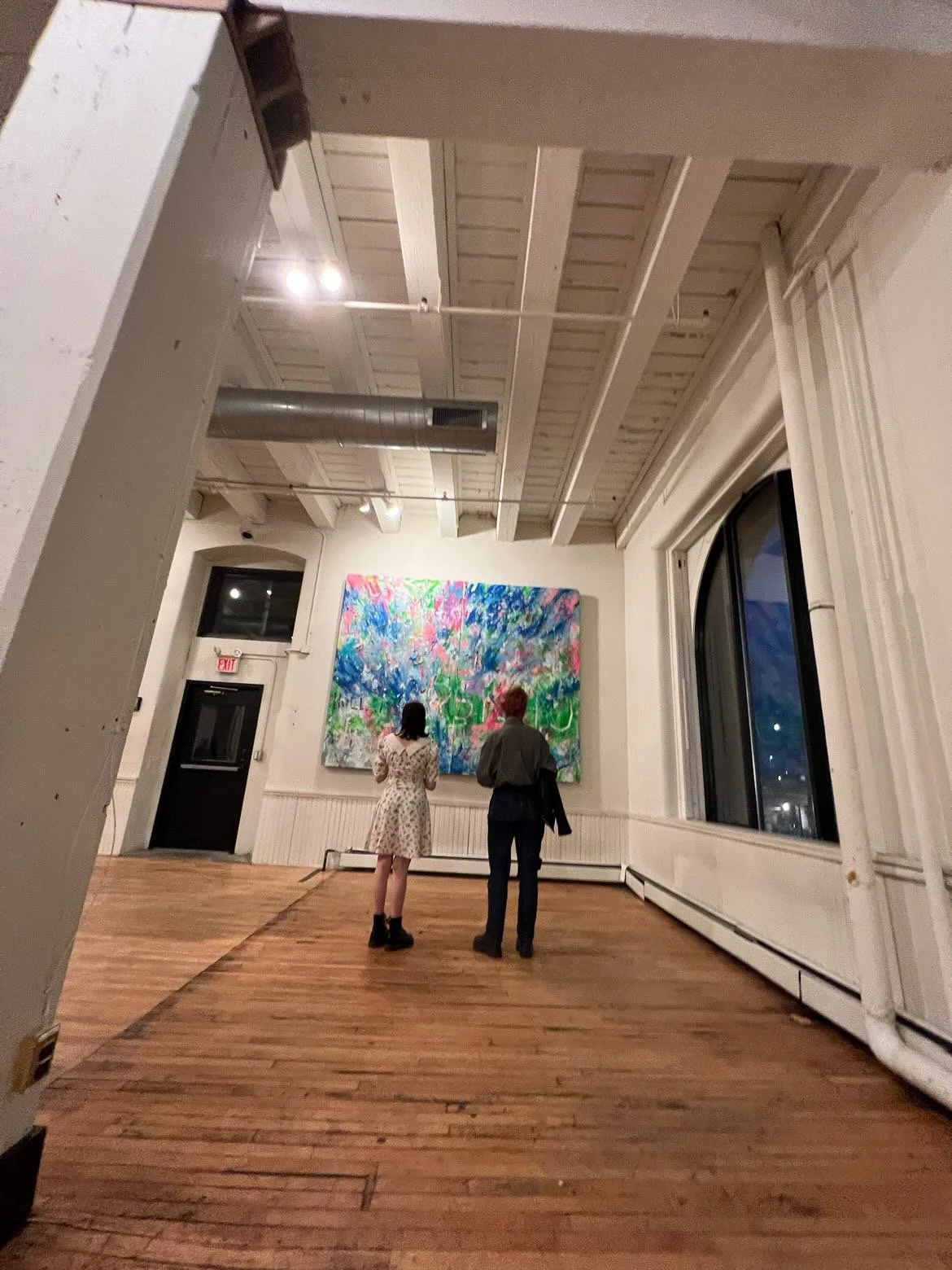
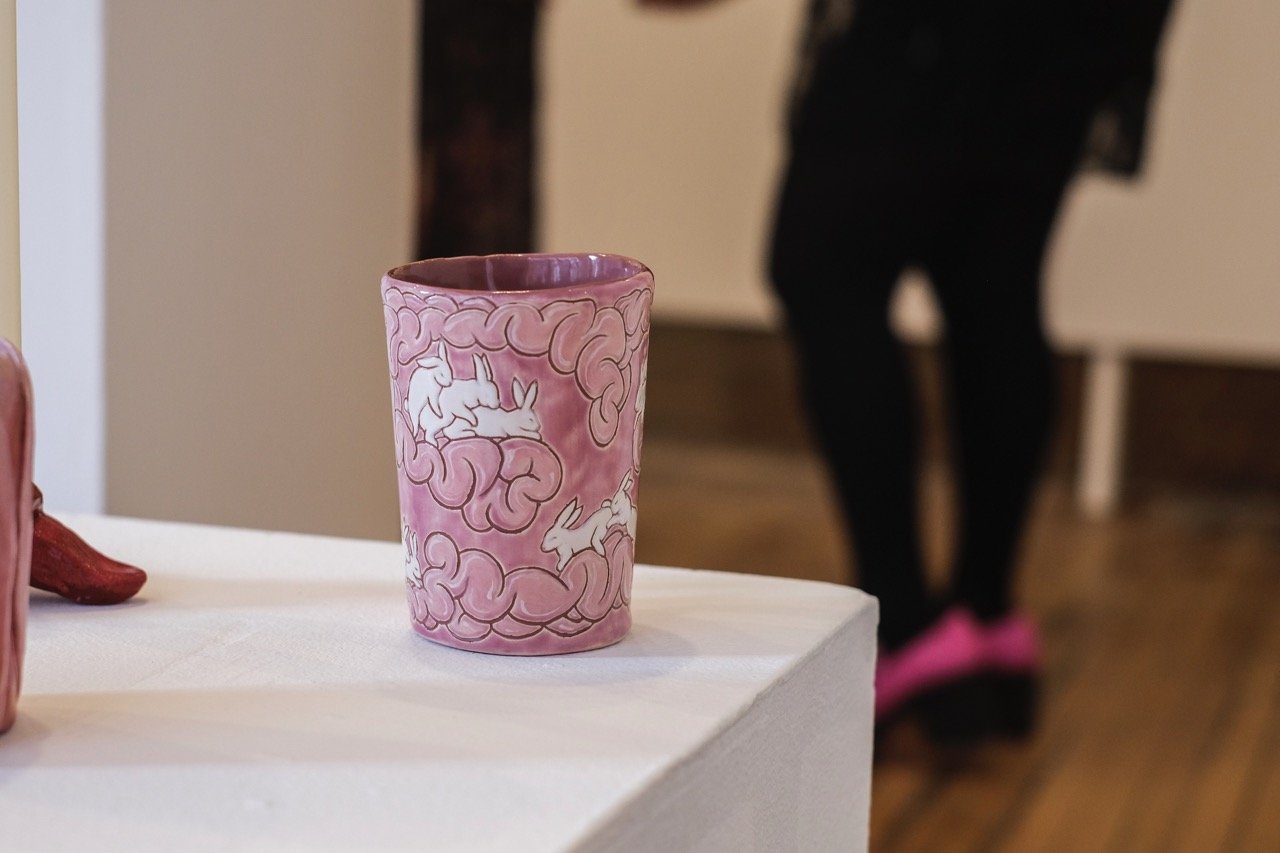

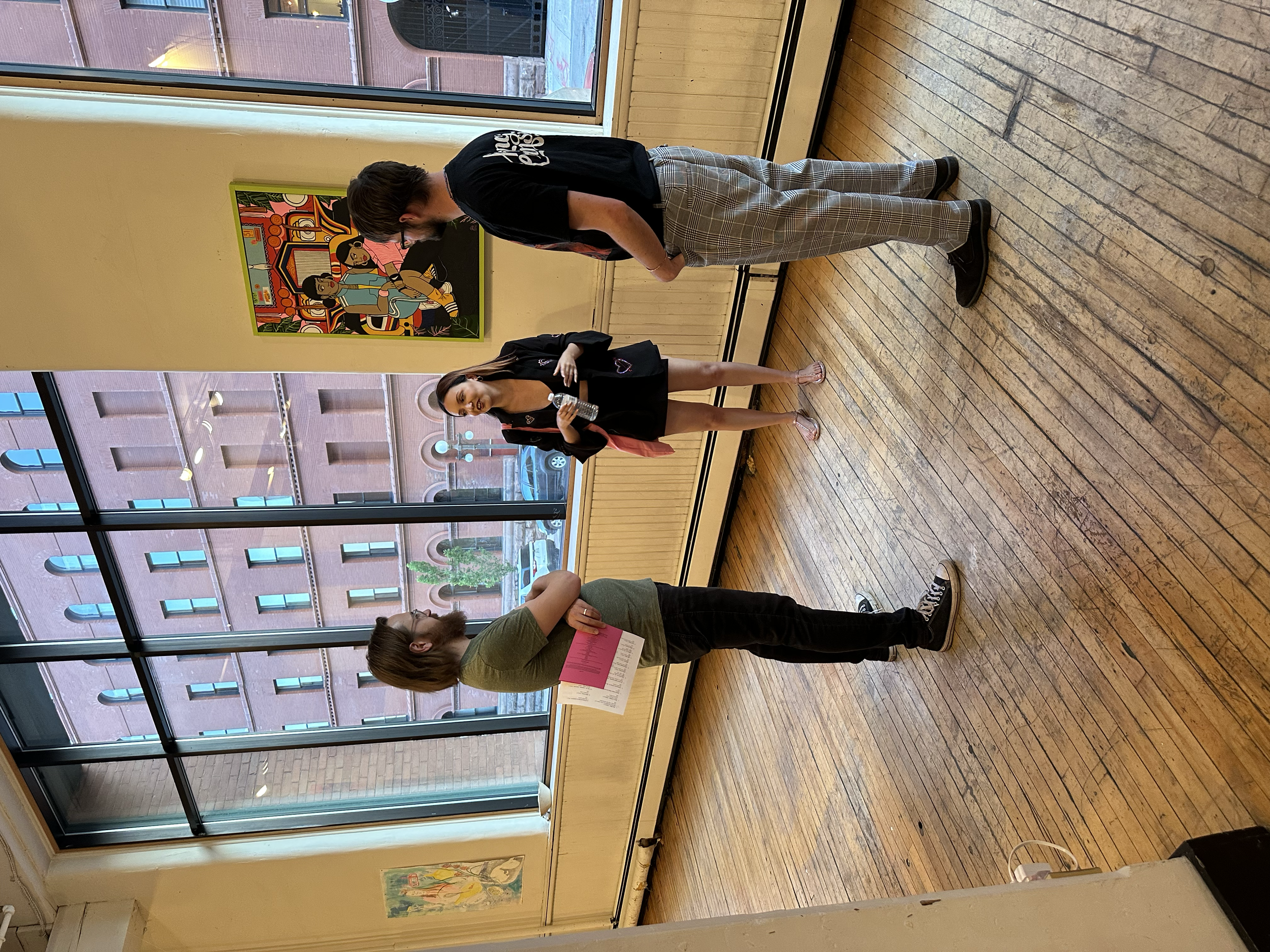
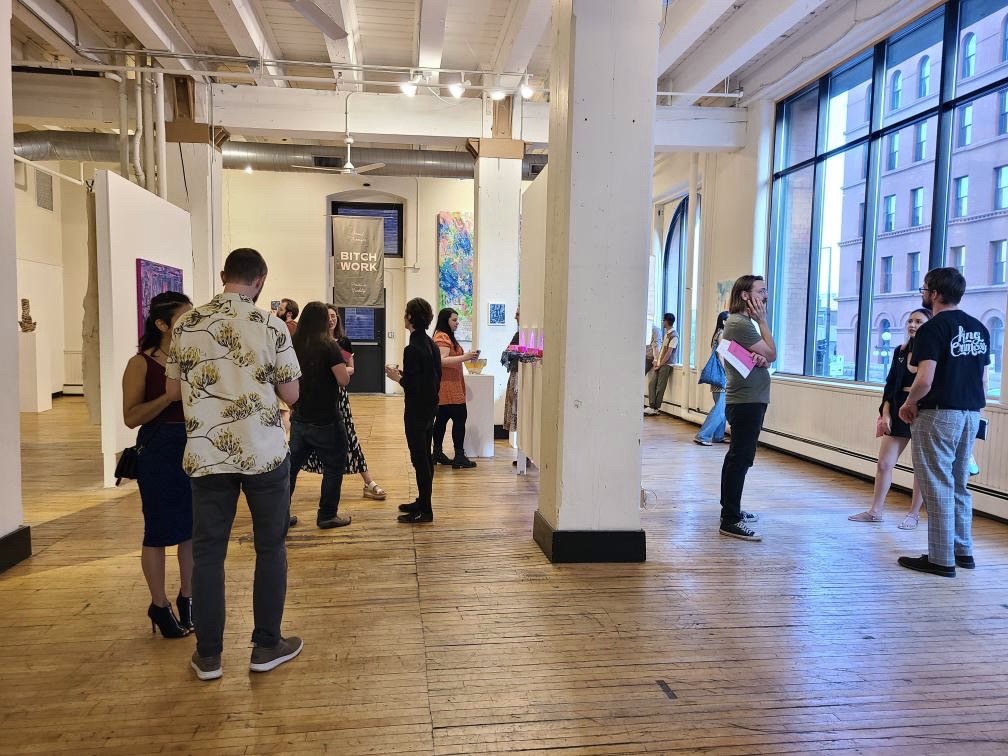
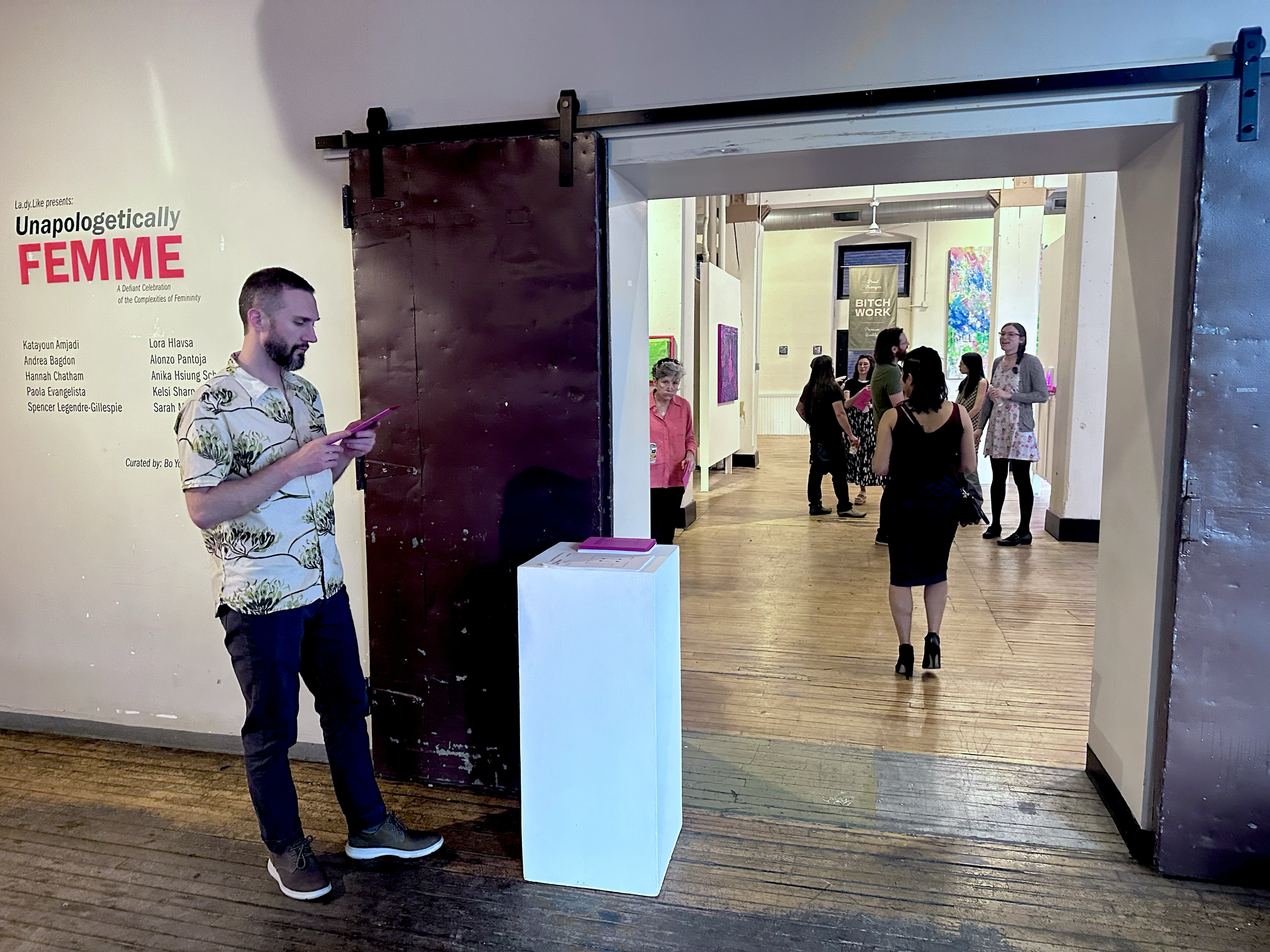

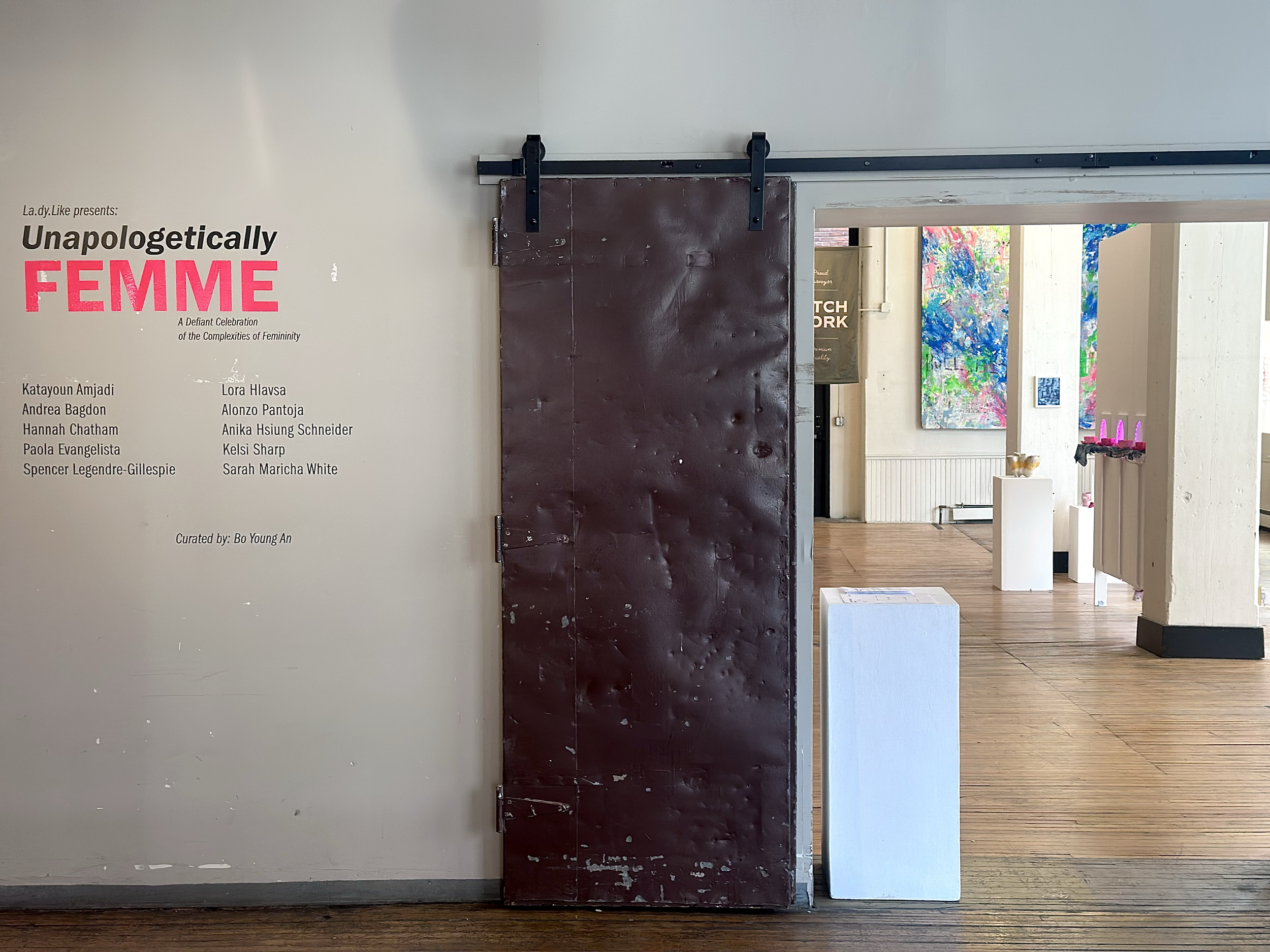
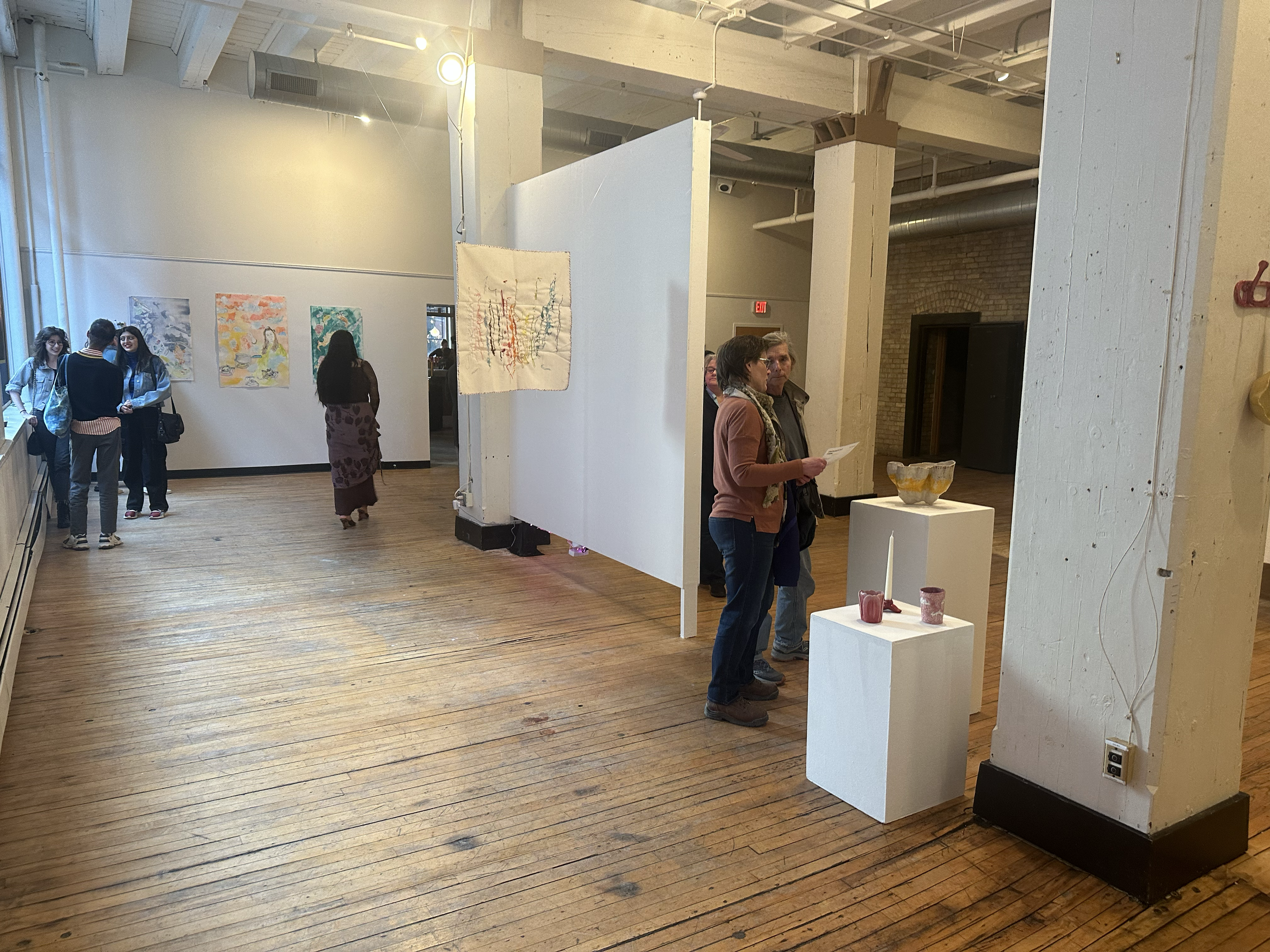
Introducing La.dy.like
LUA GAllery | 2022
Ladylike’s introductory duo exhibition features paintings, experimental video projections, and MIXED-MEDIA installations created by St. PAUL-BASED artists Andrea Bagdon and Spencer Gillespie.This COLLABORATIVE body of work explores themes of femininity and gender performance through multiple digital and traditional mediums.













